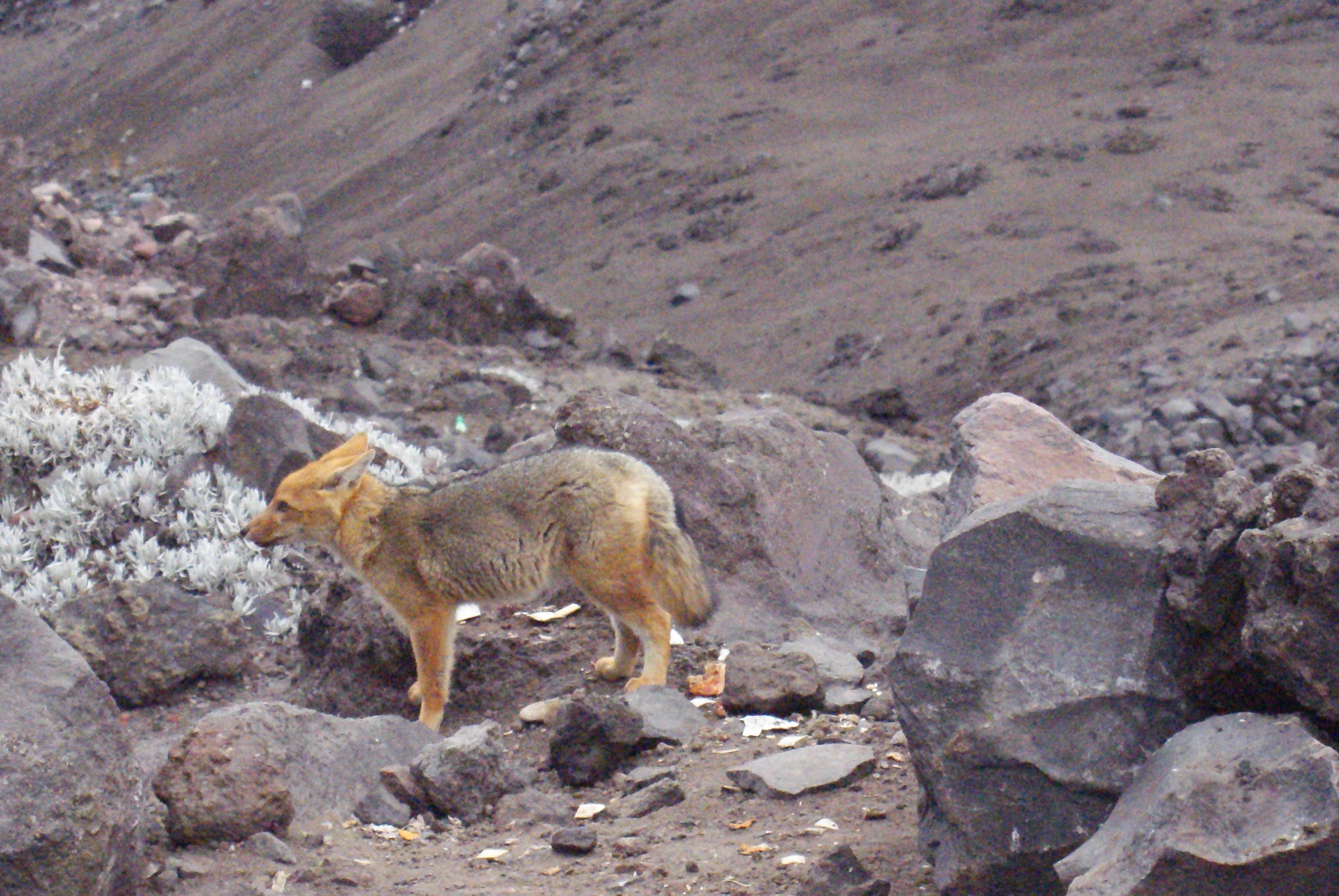
The culpeo (Lycalopex culpaeus), sometimes known as the zorro culpeo or Andean fox, is a South American fox species. It is the second-largest native canid on the continent, after the maned wolf. In appearance, it bears many similarities to the widely recognized red fox. It has grey and reddish fur, a white chin, reddish legs and a stripe on its back that may be barely visible.
The culpeo's diet consists largely of rodents, rabbits, birds and lizards, and to a lesser extent, plant material and carrion. The culpeo does attack sheep on occasion and is therefore often hunted or poisoned.[2] In some regions it has become rare, but overall the species is not threatened with extinction.
The culpeo was domesticated to form the Fuegian dog, but this animal became extinct some time between 1880 and 1919.
Description
The culpeo is a canid intermediate in size between a
red fox and a
coyote.
The average weight of the male is 11.4 kg (25 lb), while the typically
smaller females average 8.4 kg (19 lb). Overall, a weight range of 5 to
13.5 kg (11 to 30 lb) has been reported. Total length can range from 95
to 132 cm (37 to 52 in), including a tail of 32 to 44 cm (13 to 17 in)
in length.
[3]
The pelt has a grizzled appearance. The neck and shoulders are often
tawny to rufous in color, while the upper back is dark. The bushy tail
has a black tip.
[4]

Range
Its distribution extends from
Ecuador and
Peru to the southern regions of
Patagonia and
Tierra del Fuego. Some populations live in southern regions of
Colombia. It is most common on the western slopes of the
Andes, where it inhabits open country and
deciduous forests. Populations of the culpeo are also found in some of the westernmost of the
Falkland Islands, where they were introduced by
humans.

Habitat

The culpeo lives in a wide variety of habitats of western South America. They are found in broadleaf Nothofagus temperate rainforest, sclerophyllous matorral, deserts and high plateaus, like the Altiplano, up to the tree line (4,800 metres (15,700 ft)).[1]
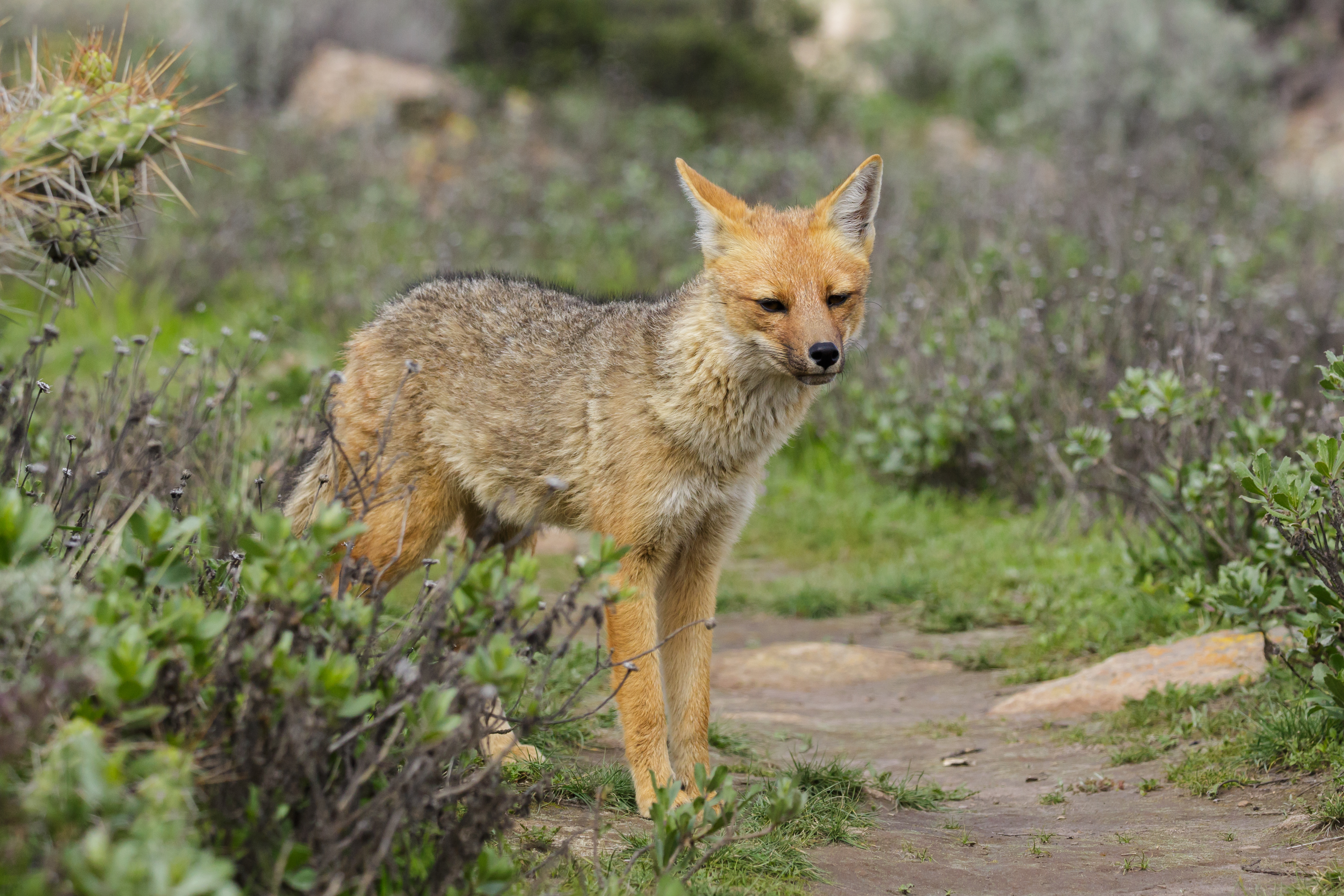
Diet
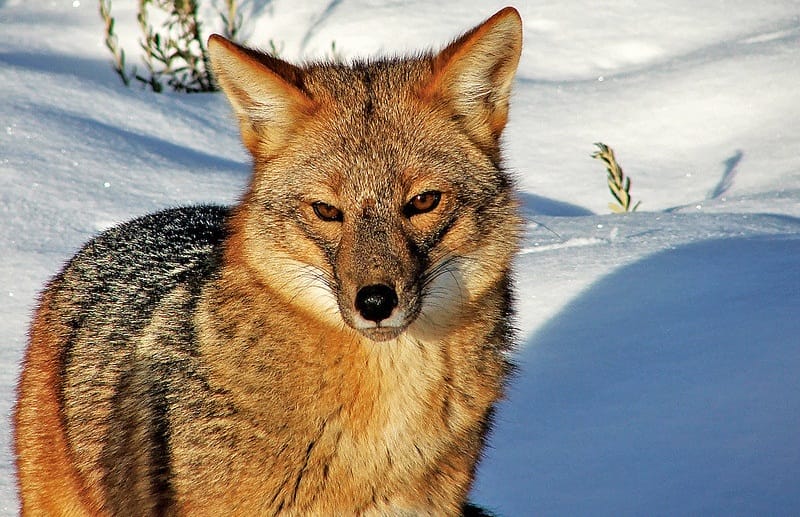
The culpeo fox is an opportunistic predator that will take any variety of prey. This fox mainly feeds on rodents and
lagomorphs (especially the introduced
European rabbit and
European hare); however, it occasionally feeds on domestic livestock and young
guanacos.
[5]
Culpeos are considered beneficial because they are significant
predators of the rabbits introduced in 1915; such introduced rabbit
populations are believed to have allowed culpeos to spread from the
Andean foothills across the Patagonian plain.
[6]
They sometimes take young lambs up to a week old. In limited studies,
the larger culpeo appears to dominate potential competitors, including
South American gray foxes,
Geoffroy's cats,
pampas cats,
grisons and various raptorial birds.
[4] Its range also overlaps that of the much larger
puma, but the size difference ensures that the two species have limited competition. They are known to eat the carrion of
Vicuñas.

Reproduction
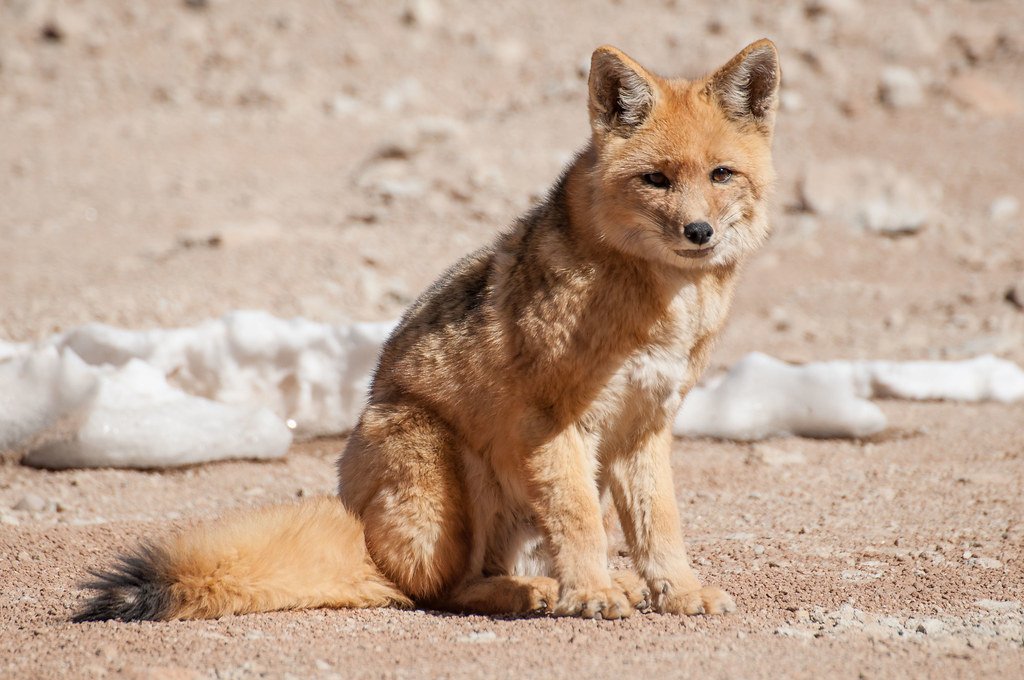
The
typical mating period is between August and October. After a gestation
period of 55–60 days, the female gives birth usually to between two and
five pups.

Classification
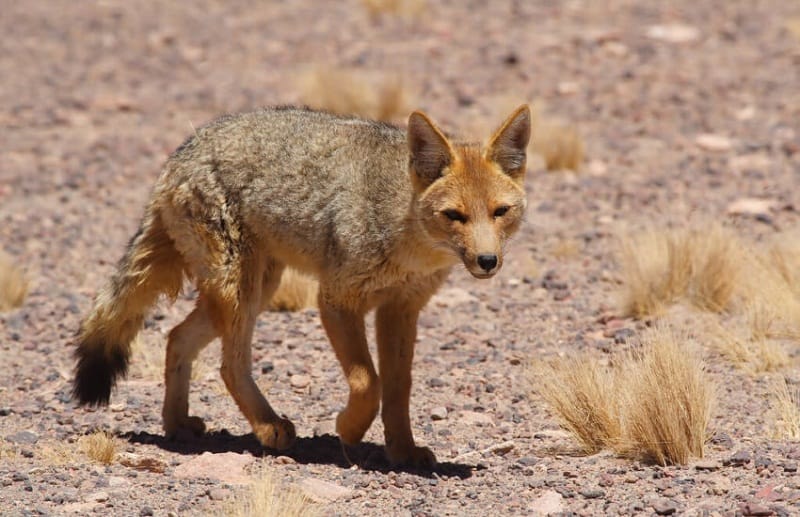
SubspeciesLycalopex culpaeus smithersi (Thomas, 1914)

Taxonomy
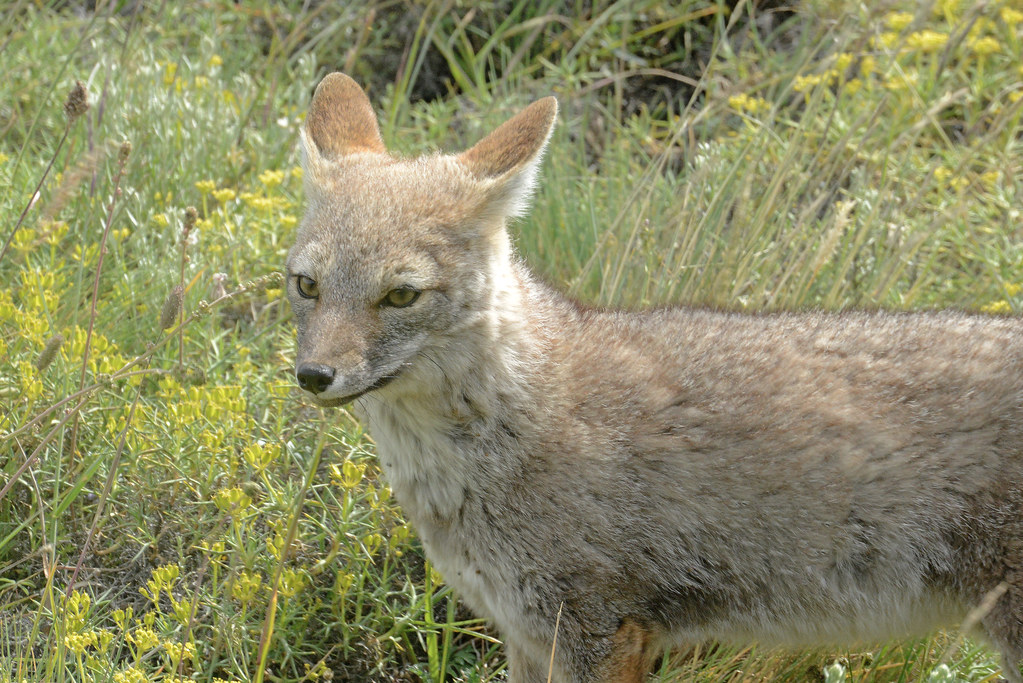
The taxonomy of the culpeo has been the topic of debate due to their high
phenetic variability and the scarcity of research, among other things. Over the past three decades, they have been placed variably in the genera
Dusicyon (Clutton-Brock,
et al., 1976; Wozencraft, 1989),
Canis (Langguth, 1975; Van Gelder, 1978),
Pseudalopex (Berta, 1987; Wozencraft, 1993; Tedford
et al., 1995) and
Lycalopex (Zunino, 1995; Wozencraft, 2005).
[7]
This canid, like other
South American foxes, is still sometimes classified as a member of the genus
Pseudalopex.
[1] As
Pseudalopex and
Lycalopex have largely come to describe the same genus, either classification is acceptable, although the modern practice is to give
Lycalopex prominence.
[8]
|
|
| Lycalopex culpaeus andinus (Thomas, 1914)
-
Lycalopex culpaeus culpaeus (Molina, 1782)
-
Lycalopex culpaeus lycoides (Philippi, 1896)
-
Lycalopex culpaeus magellanicus (Gray, 1837)
-
Lycalopex culpaeus reissii (Hilzheimer, 1906)
|
|
|
|
|
|
|
|
|
|
|
|
|
|
|
|
|

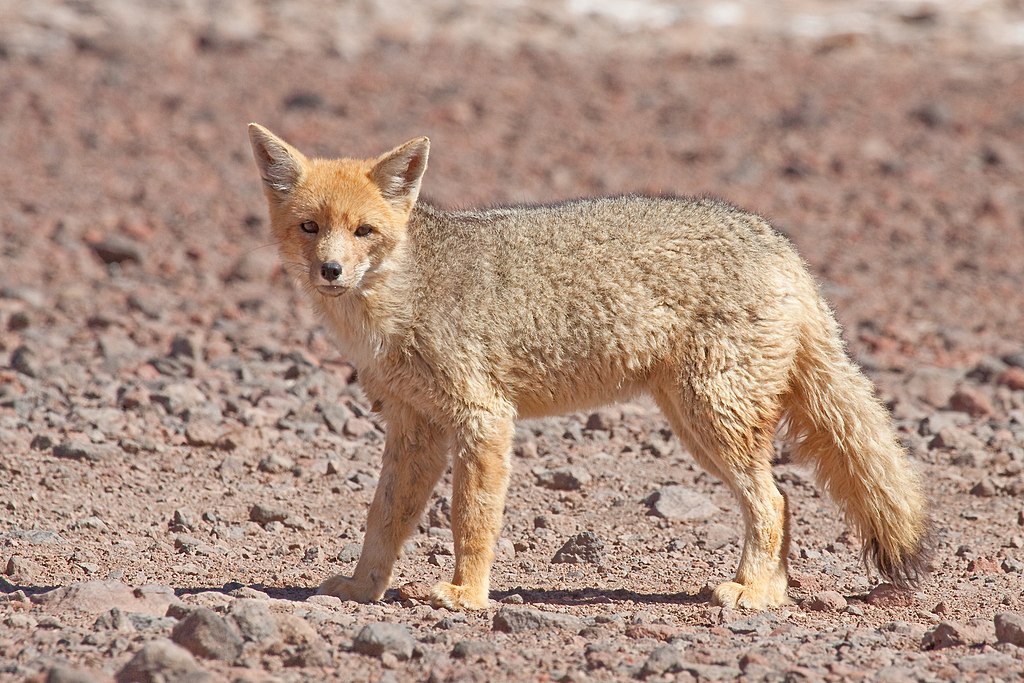
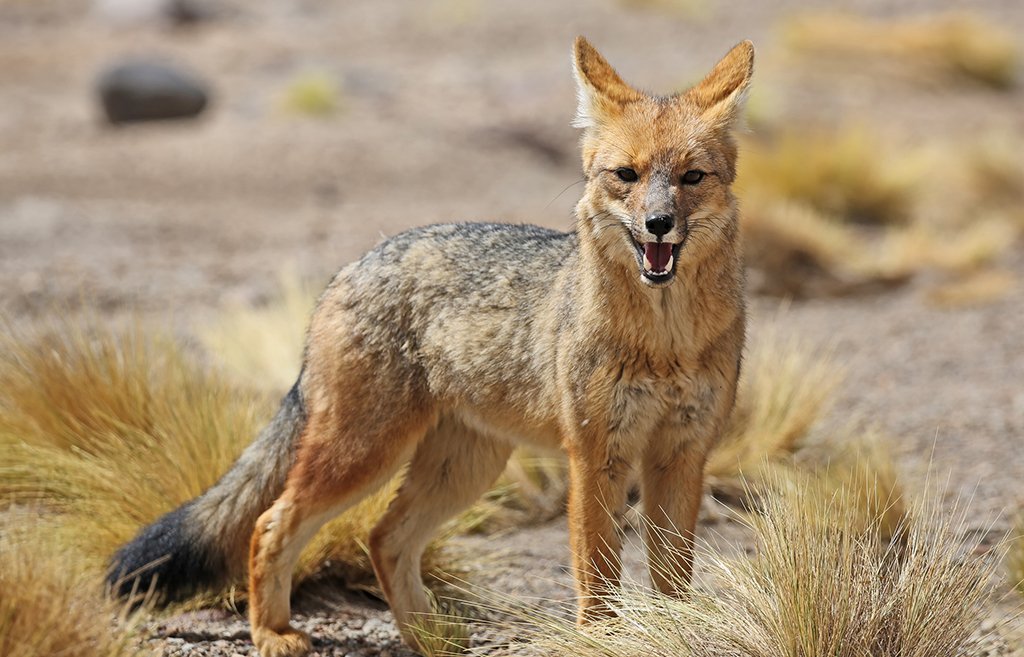



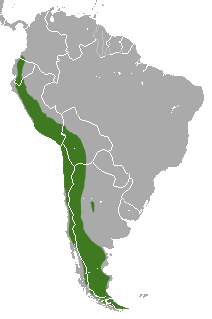









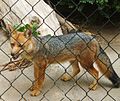





No comments:
Post a Comment
Note: Only a member of this blog may post a comment.